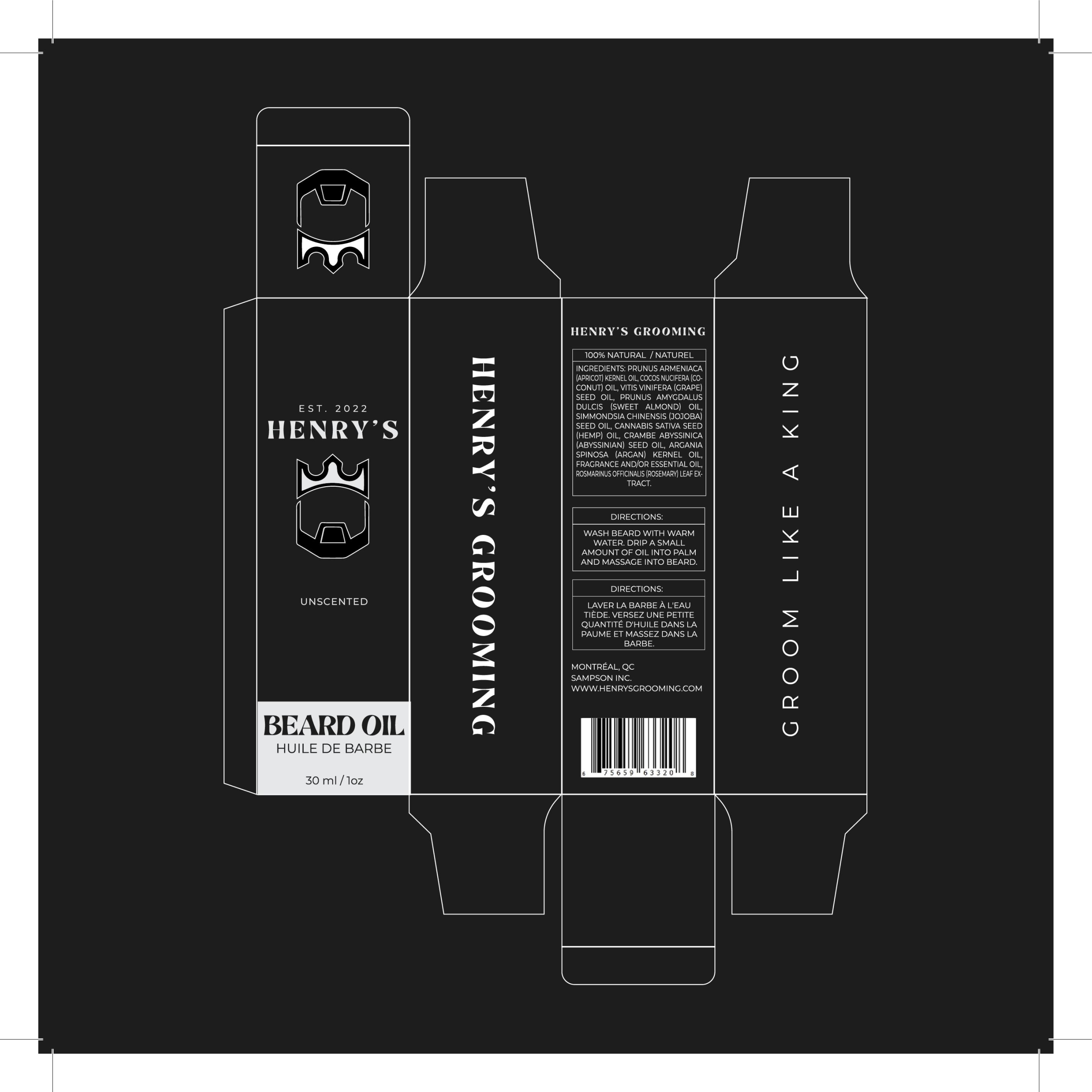In the quest for effective weight loss strategies, interval training has emerged as a powerful and efficient method, offering impressive results for those committed to shedding pounds. This dynamic approach, which alternates between bursts of high-intensity exercise and periods of rest or low-intensity activity, not only accelerates calorie burning but also enhances cardiovascular fitness and metabolic health. Whether you’re a fitness novice or a seasoned athlete, understanding the principles and benefits of interval training can unlock the secret to achieving your weight loss goals. In this article, we will delve into the science behind interval training, explore its unique advantages, and provide you with practical tips to incorporate this transformative technique into your fitness regimen. Prepare to revolutionize your workout routine and discover a path to sustainable weight loss success.
Understanding the Science Behind Interval Training
Interval training, a method cherished by fitness enthusiasts and experts alike, operates on the principle of alternating between periods of high-intensity exertion and lower-intensity recovery. This cyclical approach is not just a trend but is backed by science for its efficiency in enhancing cardiovascular health, increasing metabolic rate, and facilitating fat loss. The magic lies in the afterburn effect, also known as excess post-exercise oxygen consumption (EPOC), where the body continues to burn calories at an elevated rate even after the workout has concluded.
- Efficiency: Interval training sessions are typically shorter, yet they yield significant results, making them perfect for those with tight schedules.
- Versatility: Whether you prefer running, cycling, or swimming, interval training can be tailored to any exercise modality.
- Adaptability: Suitable for beginners and advanced athletes alike, allowing for progression by adjusting intensity and duration.
By understanding and leveraging these scientific principles, individuals can optimize their workout routines to achieve weight loss goals more effectively, transforming the way they approach fitness. This strategic use of energy and recovery phases not only accelerates fat burning but also improves overall endurance and strength.

Mastering the Perfect Interval Training Routine
Transform your workout with a strategic approach that maximizes calorie burn and enhances endurance. Crafting an ideal interval training routine involves balancing intensity with recovery, ensuring your body gets the most out of every session. Here’s how you can build an effective regimen:
- Choose Your Intervals Wisely: Opt for a mix of short, high-intensity bursts lasting 30 seconds to a minute, followed by longer, moderate recovery periods. This balance keeps your heart rate elevated while allowing sufficient recovery.
- Incorporate Variety: Integrate a range of exercises such as sprints, cycling, or bodyweight movements. This not only keeps the routine exciting but also engages different muscle groups, enhancing overall fitness.
- Monitor Your Progress: Track your heart rate and exertion levels to ensure you’re pushing yourself appropriately. Adjust the intensity or duration of your intervals based on your fitness progression.
By tailoring your routine with these elements, you’ll not only shed those extra pounds but also build a more resilient, energetic body. Remember, the key is consistency and gradually increasing the challenge as your fitness improves.

Optimizing Nutrition to Enhance Interval Training Results
To supercharge your interval training and maximize weight loss, focusing on your diet is crucial. Start by ensuring that your meals are rich in nutrients that support high-intensity workouts. Include lean proteins such as chicken, turkey, and tofu to help repair and build muscles. Don’t forget to incorporate healthy fats from sources like avocados and nuts, which provide sustained energy for those challenging sessions.
Carbohydrates are your best friend when it comes to fueling interval training. Opt for complex carbs like quinoa, sweet potatoes, and whole grains that release energy slowly, keeping you fueled throughout your workout. Additionally, maintain proper hydration by drinking plenty of water and consuming electrolyte-rich drinks if your sessions are particularly intense. By aligning your nutrition with your training goals, you’ll not only enhance performance but also accelerate weight loss.
- Pre-workout snacks: Consider a banana or a small bowl of oatmeal for a quick energy boost.
- Post-workout recovery: A protein shake or Greek yogurt can help replenish and repair your muscles.
- Daily supplements: Omega-3 fatty acids and multivitamins can support overall health and recovery.
Avoiding Common Mistakes in Interval Training for Weight Loss
Interval training is a powerhouse for weight loss, but it’s crucial to sidestep the pitfalls that can hinder your progress. One common mistake is neglecting the importance of proper warm-up and cool-down sessions. Jumping straight into high-intensity intervals without preparing your muscles can lead to injuries and decreased performance. Always allocate 5-10 minutes before and after your workout to stretch and gradually increase your heart rate.
Another error to avoid is inconsistent pacing during intervals. It’s tempting to push yourself to the max in every interval, but this can lead to burnout and fatigue. Instead, focus on maintaining a consistent effort level that challenges you without causing exhaustion. Here are a few more tips to keep in mind:
- Monitor your rest periods: Ensure they’re not too short or excessively long to maintain the workout’s effectiveness.
- Prioritize form over speed: Proper technique reduces the risk of injury and maximizes results.
- Incorporate variety: Mix different exercises to target various muscle groups and keep the routine engaging.




